FEATURED PROJECT
Hedges for
Solar Edges
Can hedgerows help solar projects become more sustainable and widely accepted?
Our low-carbon future depends, in part, on the development of solar energy. Yet, the construction of large, ground-mounted photovoltaic solar energy plants (GPVs) is sometimes halted by public backlash due to the perception of solar farms as unattractive and harmful to biodiversity. Planting vegetation, or “hedgerows,” along the perimeter of these solar farms could be a solution. This greenery could serve as a visual buffer while offering a linear, river-like ecosystem that may store carbon and support local wildlife.
But, is this solution enough to shift public opinion?











